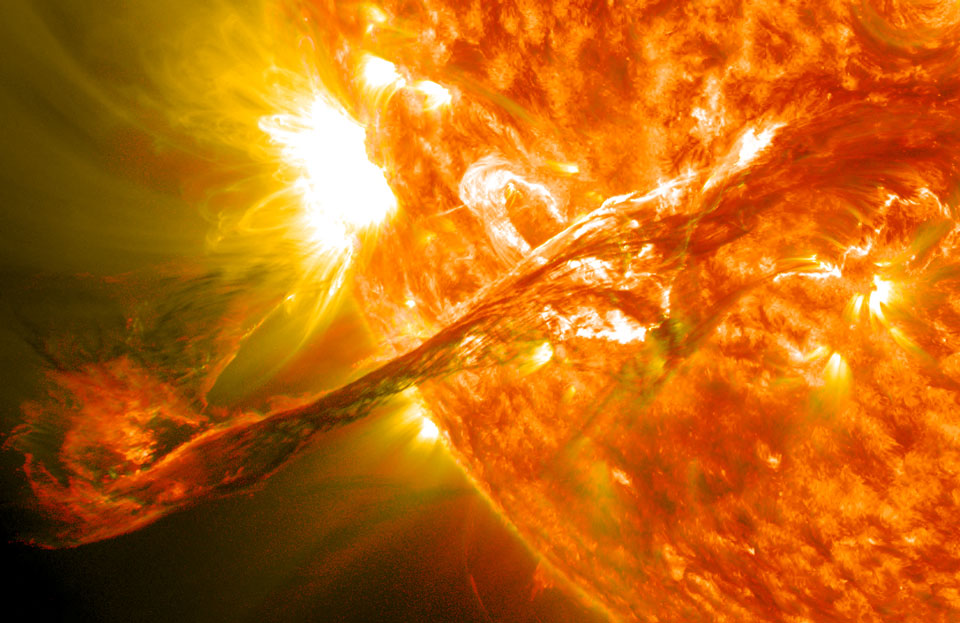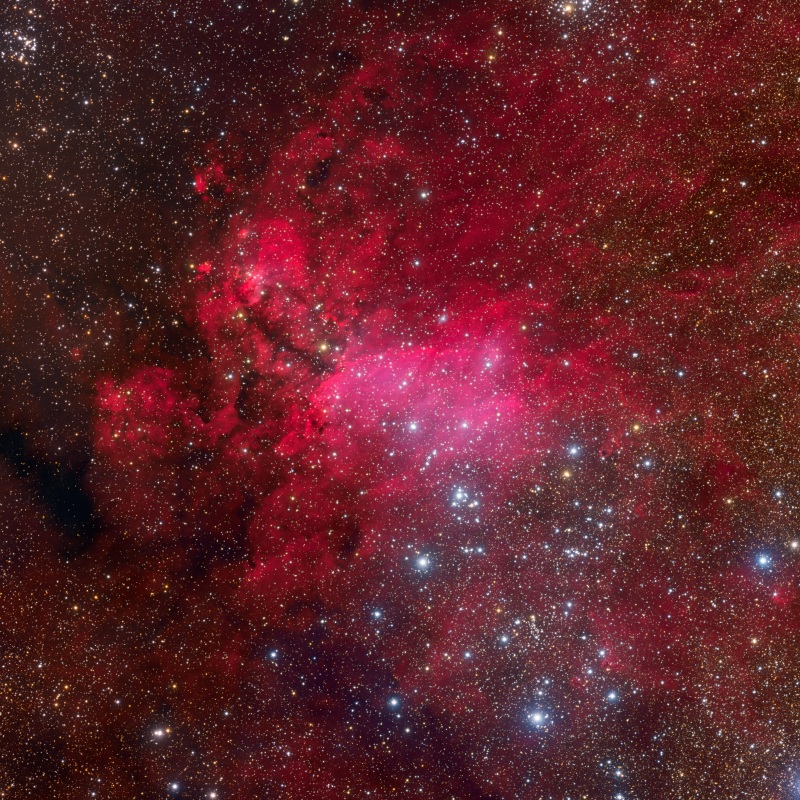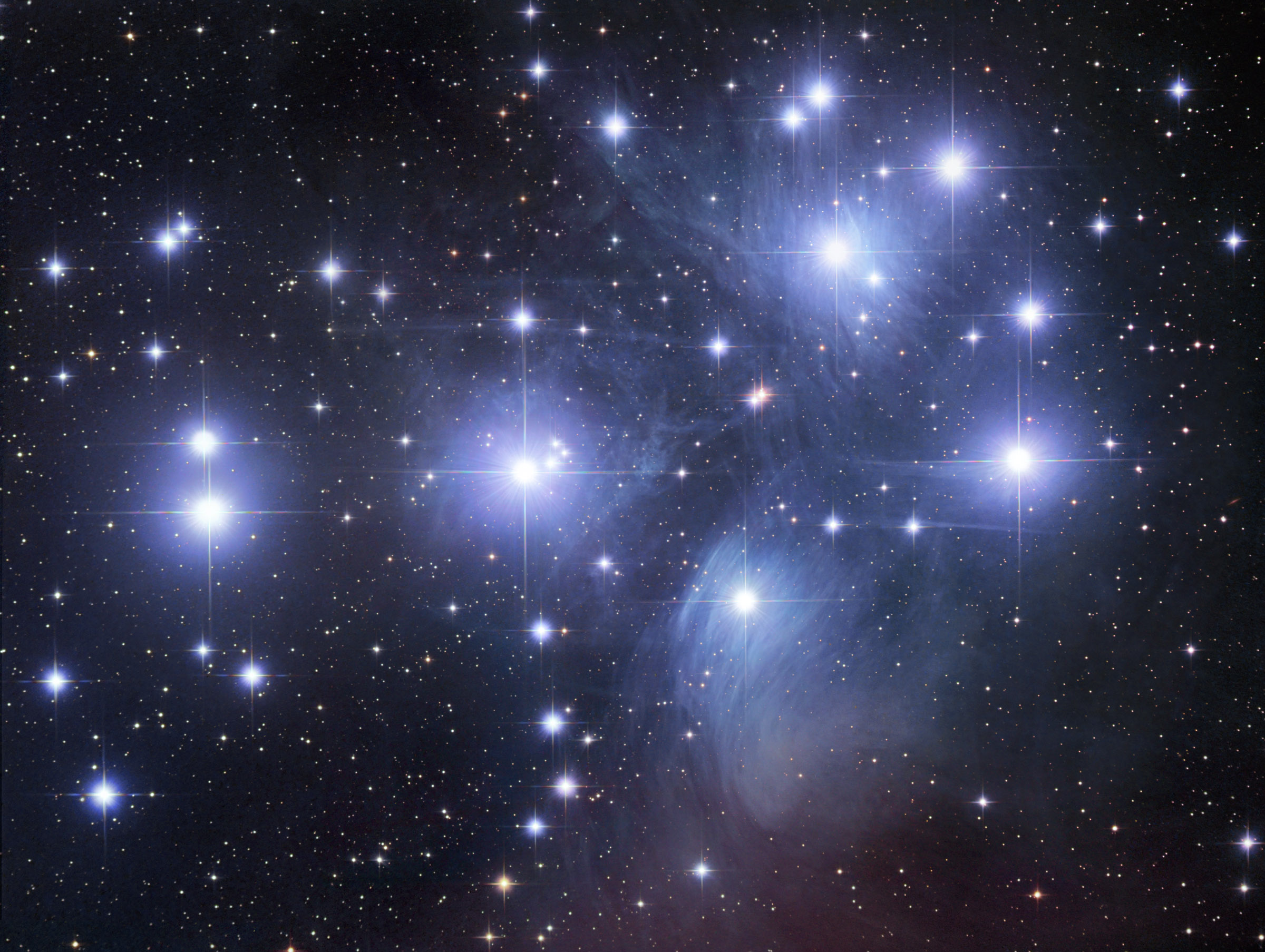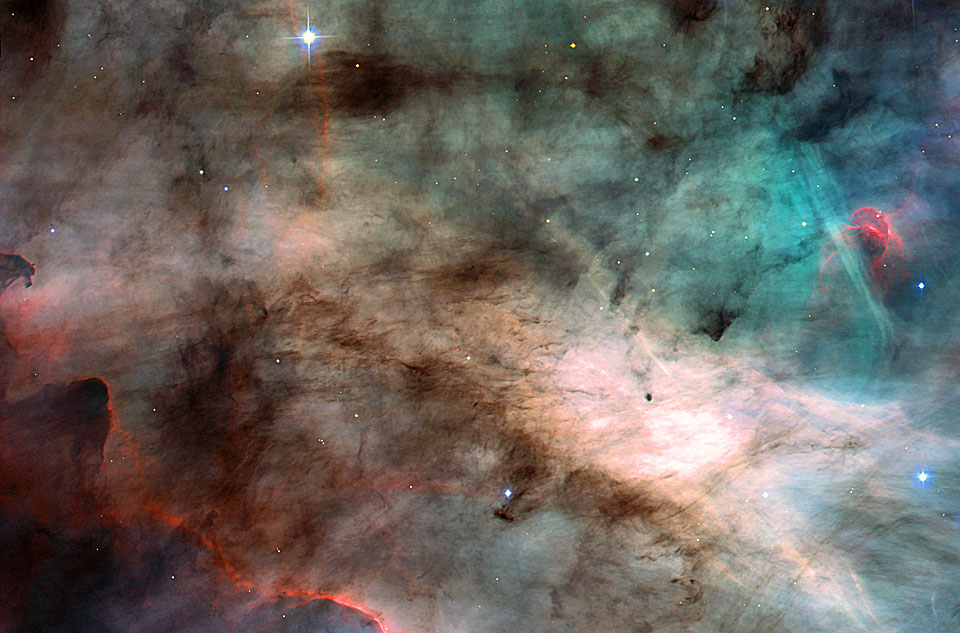Sunday, September 30, 2012
Apod 1.5
The bright star in the top right corner of this picture is called Markab. This star is inside of the constellation Pegasus. The blue dots in this scene are called Blue Reflection Nebulae. The area of the universe depicted in this picture is known to be full of molecular clouds.
Friday, September 28, 2012
James Gregory Sources
"James Gregory." Gregory Biography. N.p., n.d. Web. 28 Sept. 2012. <http://www-groups.dcs.st-and.ac.uk/history/Biographies/Gregory.html>.
"James Gregory (Scottish Mathematician and Astronomer)." Encyclopedia Britannica Online. Encyclopedia Britannica, n.d. Web. 28 Sept. 2012. <http://www.britannica.com/EBchecked/topic/245544/James-Gregory>.
Sunday, September 23, 2012
Apod 1.4
This is a picture of a solar filament erupting. When the sun throws filaments into space, it produces a Coronal Mass Ejection (CME). The sun's magnetic field holds in the filaments and randomly releases them.When the sun does this, Earth normally experiences an increase in an increase of visible auroras.
Friday, September 14, 2012
APOD 1.3
This is a picture of nebula IC4628, also called Gum 56 (after Colin Stanley Gum), or The Prawn Nebula. It is located in the tail of the constellation Scorpius. Giant stars that are close to the nebula form the glow in the picture by stripping electrons from atoms with their strong heat. As the separated electrons attach back to the atoms, they produce the glow. The entire galaxy is 6,000 light years across, but this picture represents about 250 light years.
Friday, September 7, 2012
Apod 1.2
This is a picture of the star cluster Pleiades, also known as "The Seven Sisters" and M45. The blue swirls surrounding some of the stars are "blue reflection nebulae". It is one of the brightest and closest open star clusters. The Pleiades contains more than 3,000 stars and is almost 4,000 light years away, but it is only 13 light years across. Brown dwarfs can also be found inside this cluster.
Sunday, September 2, 2012
Apod 1.1
This is a picture taken inside of the Omega Nebula, which is around 5,000 lightyears away and 3,000 times the length of the Solar System. It was taken by the Hubble Space Telescope. The dots of light scattered throughout the photo are relatively young stars. The different colors and streaks in the image are composed of dust from supernova explosions and gas clouds formed by the radiation from massive nearby stars.
Subscribe to:
Comments (Atom)




